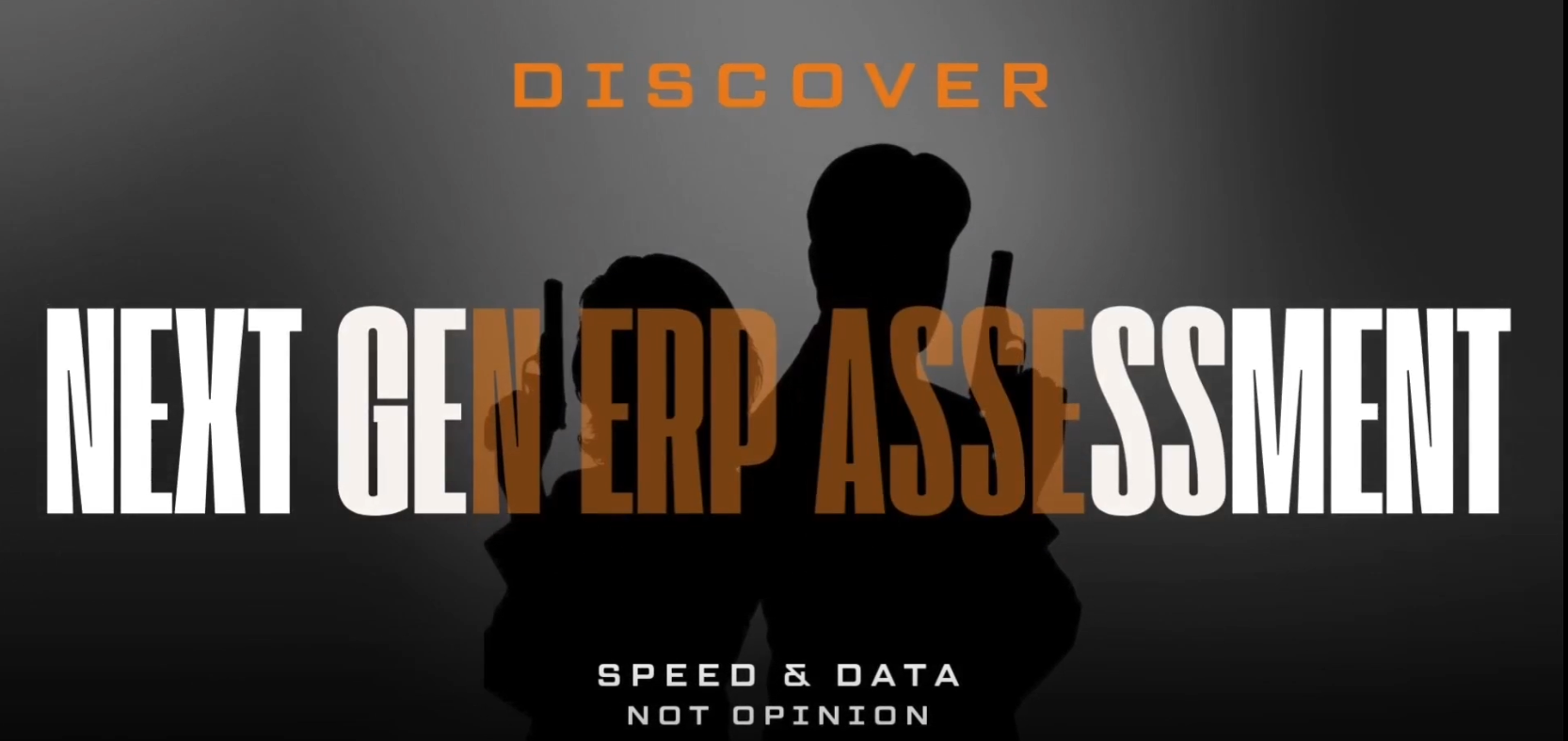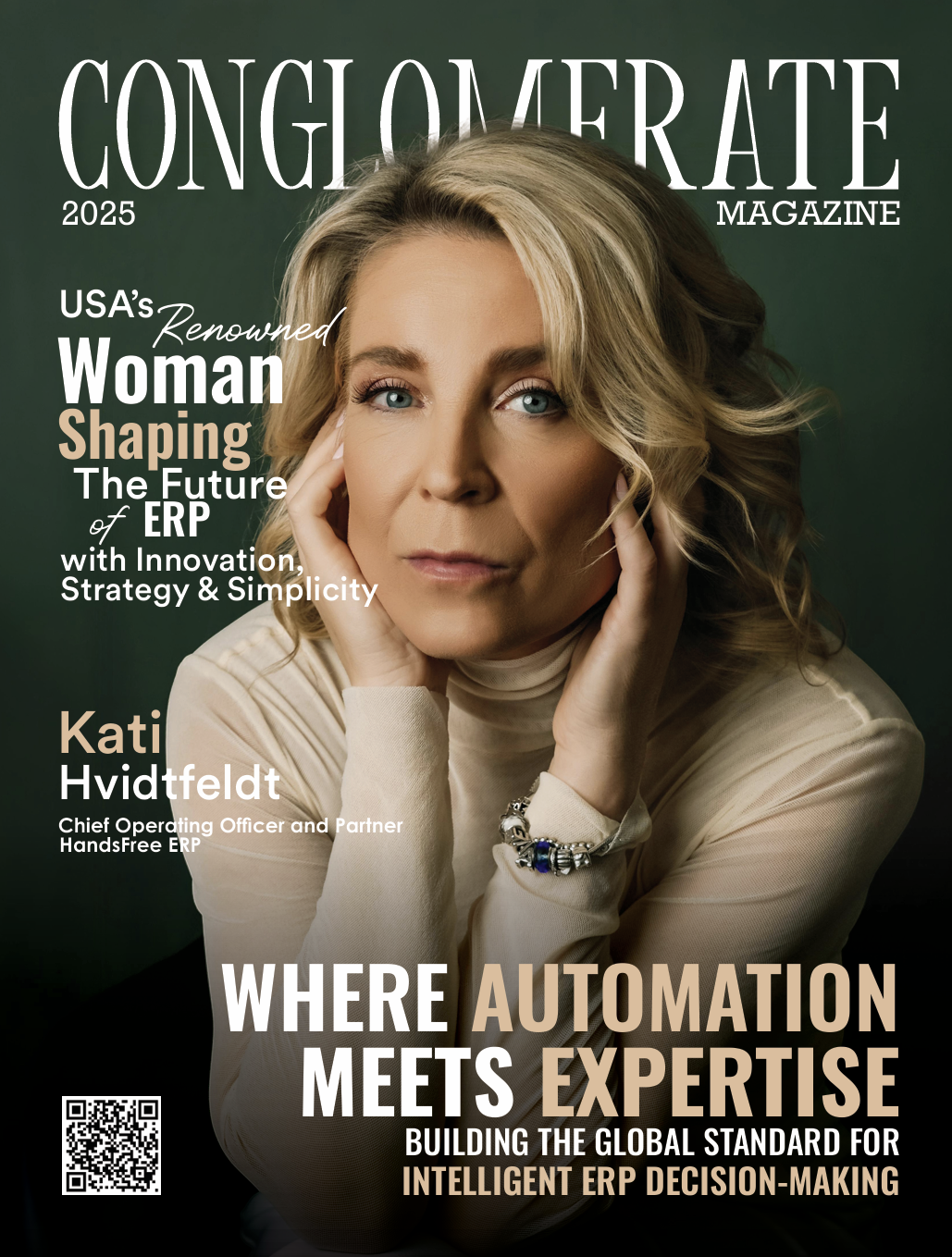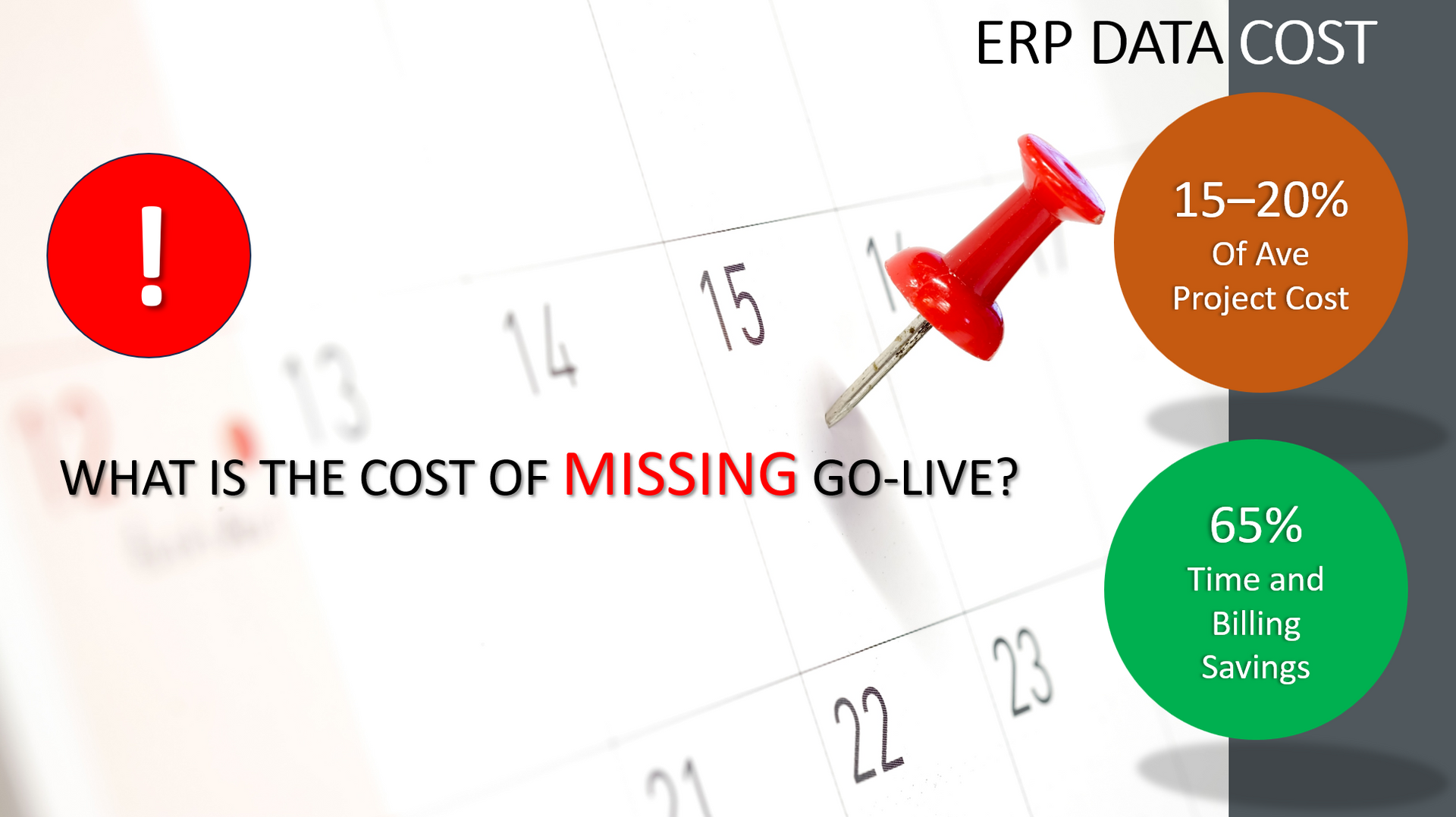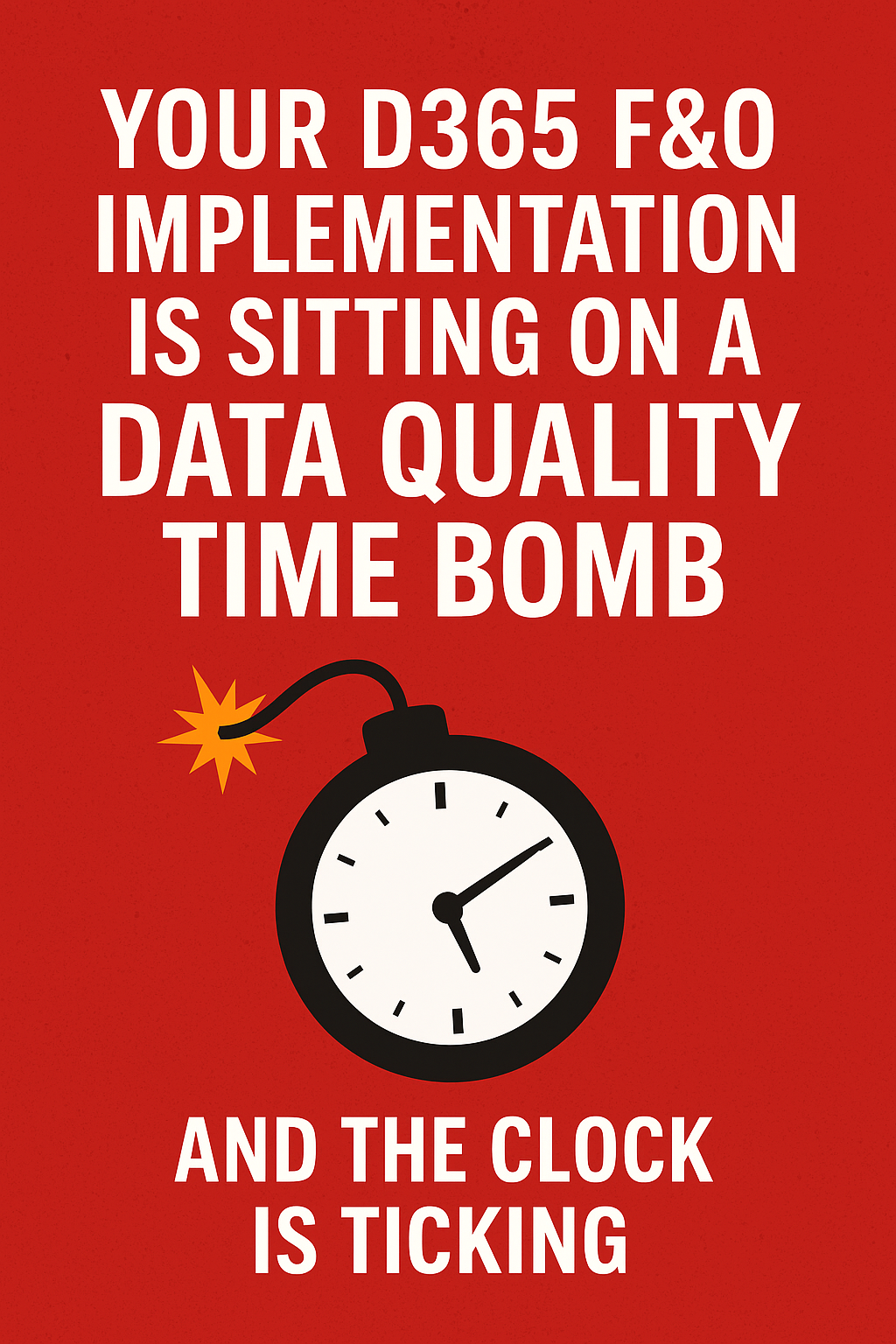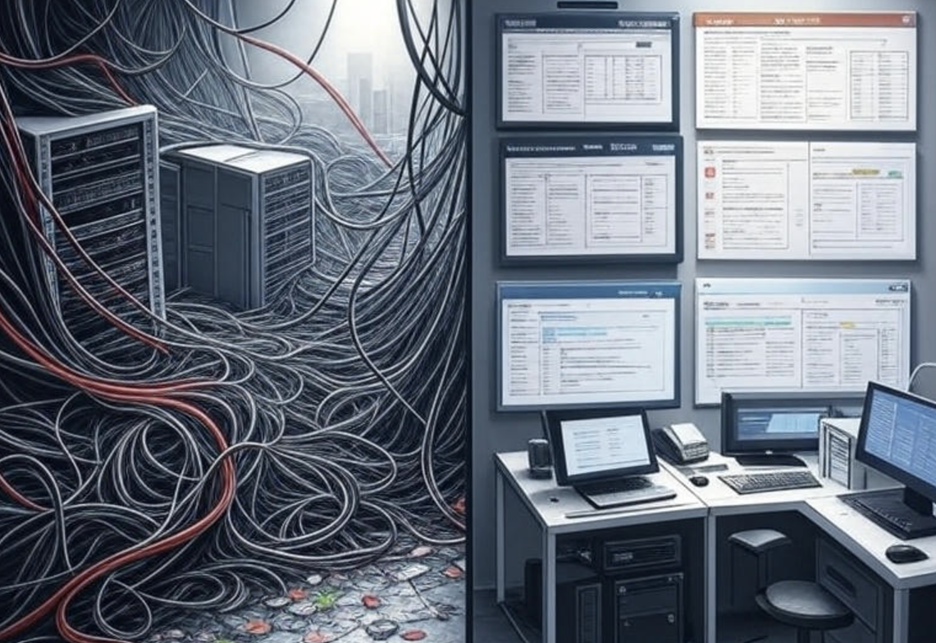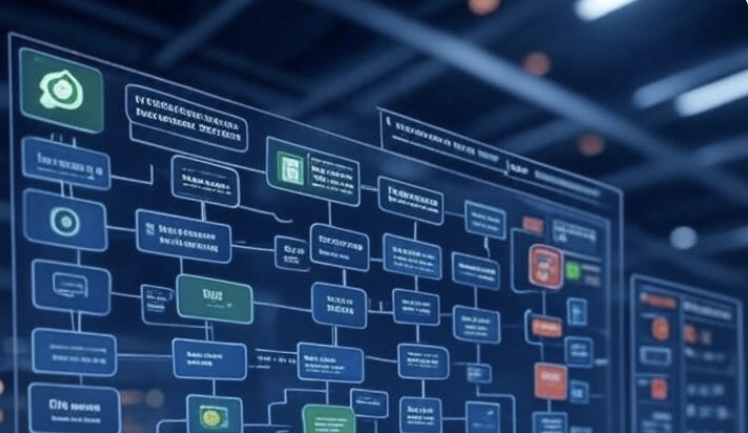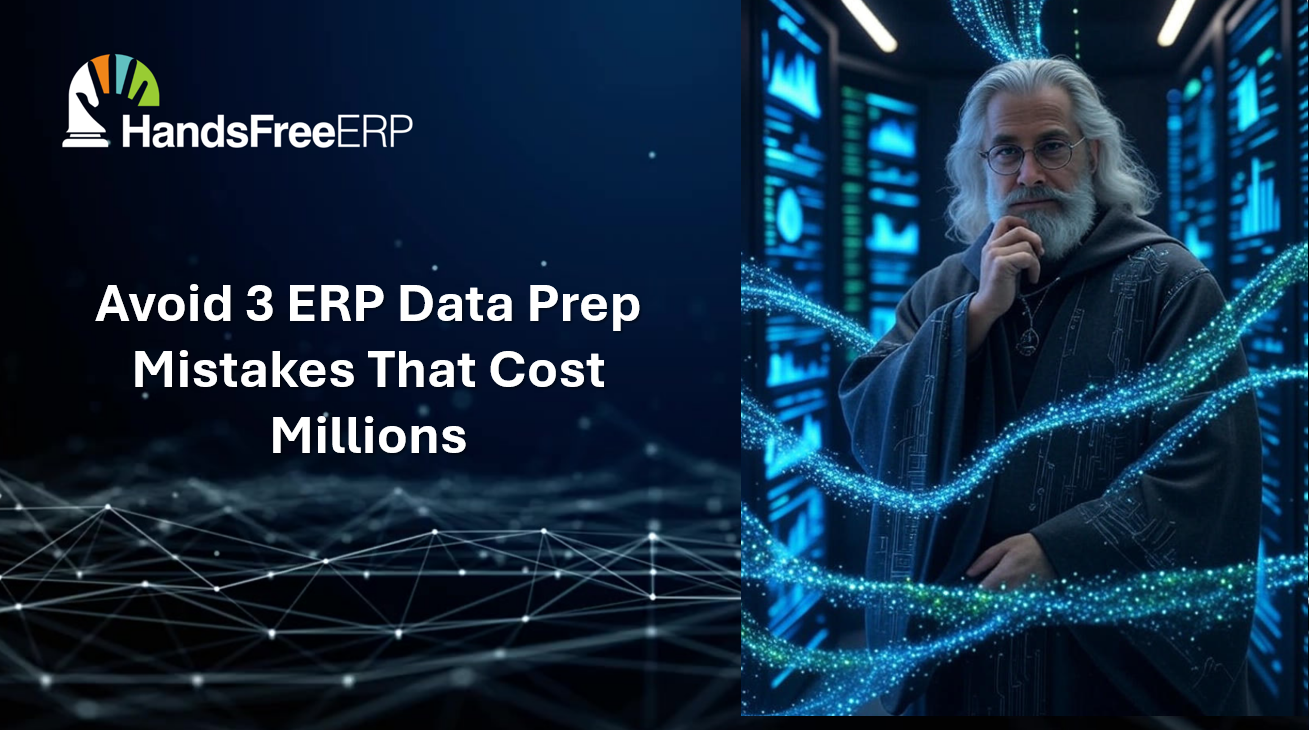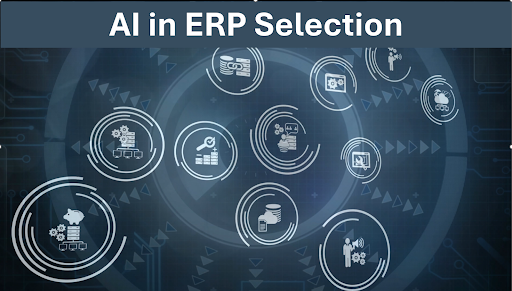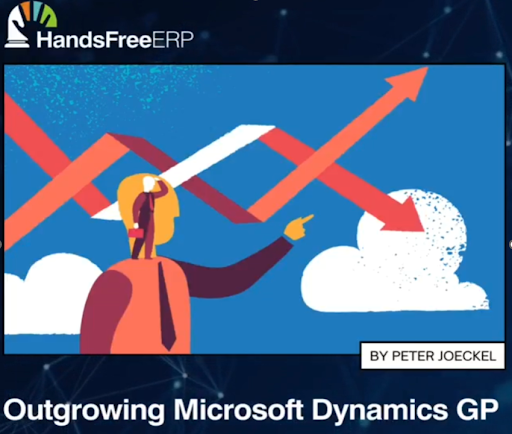Avoiding ERP Overbuying: Lessons from a Costly Mistake
Overbuying MFG ERP is Just as Bad as Underbuying

When selecting an ERP system, manufacturing companies often face a critical decision: choosing between Microsoft Dynamics Business Central (BC) and Finance and Supply Chain Management (F&SCM). Our Discover sessions provide detailed insights into how well each solution fits your business requirements. Let's explore a real-world example that highlights the importance of not overbuying or underbuying your ERP solution.
The Showstopper Analysis
In a recent Discover session for a manufacturing company, we found that BC met 43% of their critical business requirements, while F&SCM met 82%. This analysis often leads companies to consider the higher-fit solution. However, it's essential to drill down into the details to understand why one solution might be more suitable than the other.
A Costly Lesson in Overbuying
This scenario reminded me of one of the most expensive projects I was called to fix. A company had spent $5 million implementing AX, including a costly process manufacturing solution. They customized the system extensively, breaking the Material Requirements Planning (MRP) functionality in the process. The irony? They weren't even a process manufacturing company.
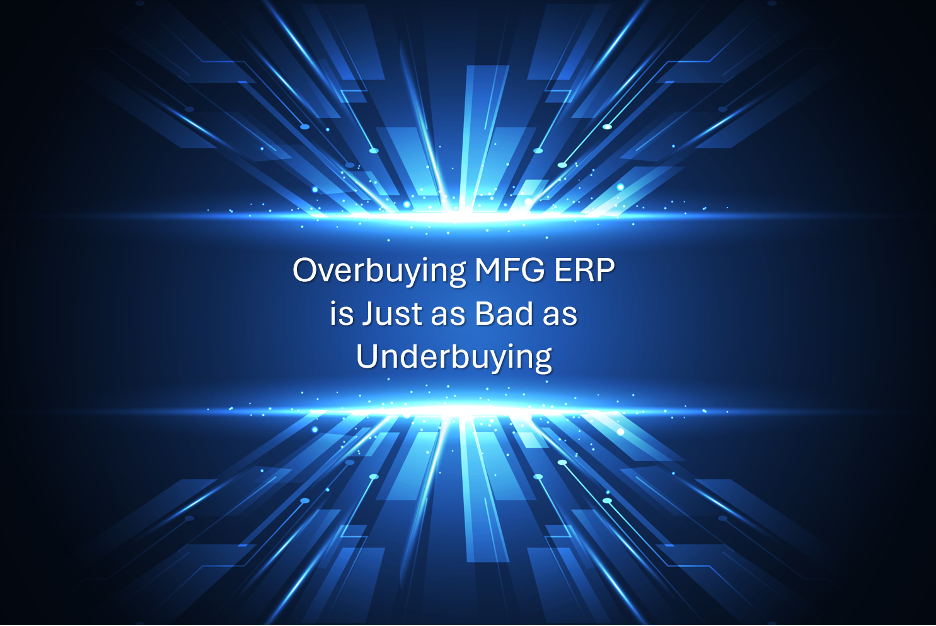
The Pitfalls of Overbuying
The company had overbought by choosing a complex process manufacturing solution when a simple bill of materials would have sufficed. This mistake led to unnecessary costs and complications. The lesson here is clear: overbuying can be just as detrimental as underbuying.
The Role of Discover Sessions
Our Discover sessions help you avoid these pitfalls by providing a detailed analysis of your requirements and how they fit with BC and F&SCM. This ensures you choose the right solution without overbuying or underbuying. You'll get a clear picture of the design and build hours required, helping you make an informed decision.
Conclusion
Avoid the costly mistake of overbuying your ERP solution. Use our Discover sessions to get a detailed, realistic analysis of your business requirements and how they fit with BC and F&SCM. Make an informed decision that ensures your ERP project is on time, on budget, and on spec.
HandsFree ERP is dedicated to supporting clients with their ERP initiatives, enabling companies to seamlessly connect users with their ERP partners. By utilizing skilled professionals, streamlined processes, and cutting-edge tools, HandsFree ERP significantly boosts the success rates of ERP projects.



